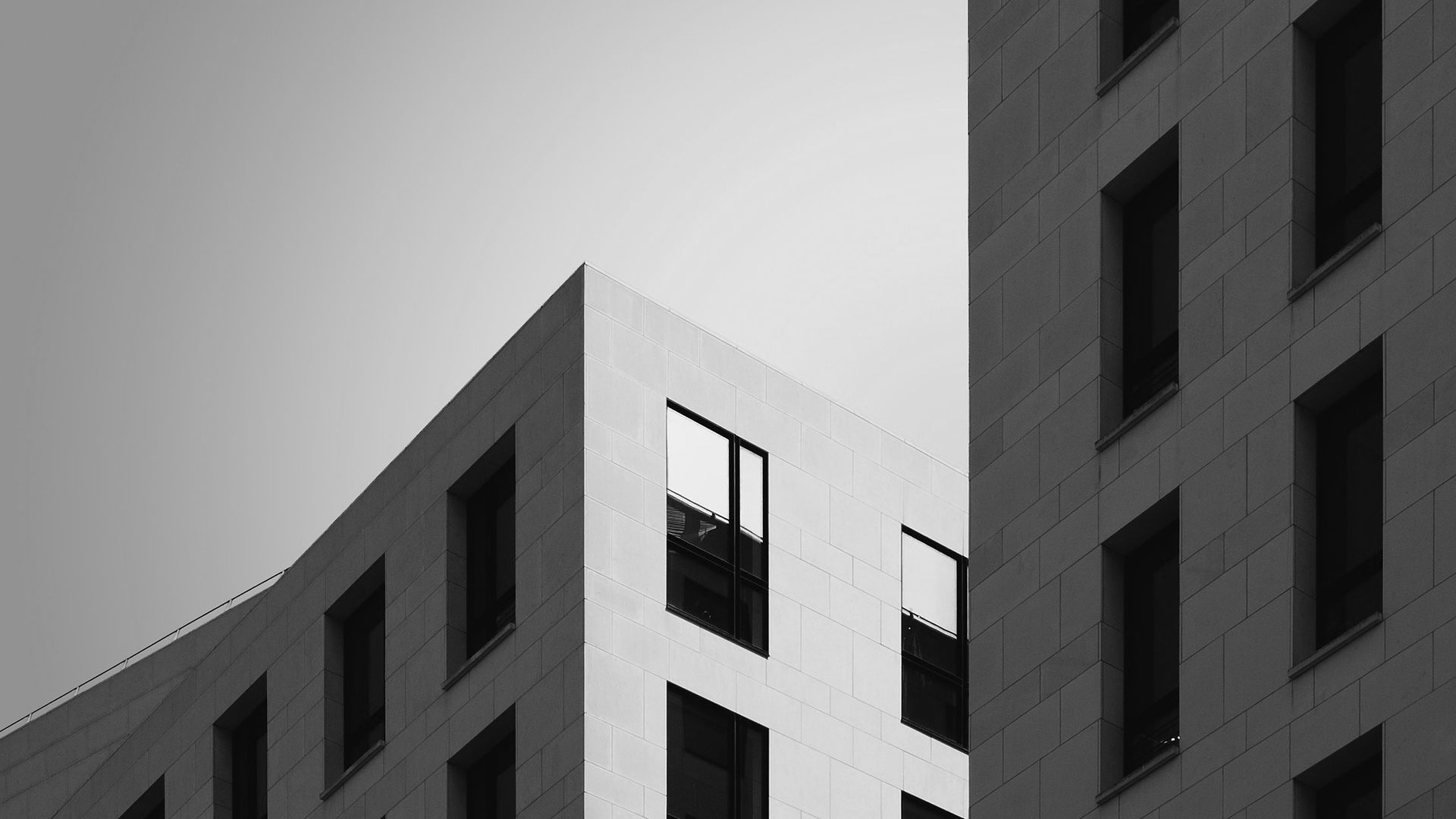Commercial buildings are complex structures that require a multitude of systems to work in unison to ensure the building is safe, secure, and protected against water damage. While waterproofing is often thought of as a large-scale solution, small details such as caulking and sealants play an equally important role in preventing water damage. In this article, we will discuss the importance of caulking and sealants in waterproofing and how they can help ensure the longevity and stability of your building.
What is Caulking and Sealant?
Caulking and sealants are materials used to fill and seal gaps and joints in a building's envelope, including areas around windows, doors, and other openings. They can be made from a variety of materials, including silicone, polyurethane, and epoxy, and are designed to prevent air, water, and other elements from penetrating the building envelope.
Benefits of Caulking and Sealants in Waterproofing:
Prevent Water Damage: The most obvious benefit of caulking and sealants is their ability to prevent water damage. By filling gaps and joints in the building envelope, they prevent water from penetrating the interior of the building and causing damage to walls, ceilings, and other structures.
Energy Efficiency: In addition to preventing water damage, caulking and sealants also improve energy efficiency by preventing air infiltration. By reducing air infiltration, they reduce the need for heating and cooling, which can lead to lower energy bills.
Improved Indoor Air Quality: Caulking and sealants can also help improve indoor air quality by reducing the amount of outside air that enters the building. This can help reduce the amount of pollutants and allergens in the air, improving air quality for building occupants.
Increased Durability: Caulking and sealants can also help extend the life of your building by preventing water damage and reducing the amount of moisture in the building envelope. This can help reduce the need for expensive repairs and increase the overall durability of the building.
Aesthetics: Caulking and sealants are also important for the aesthetics of your building. By sealing gaps and joints, they create a clean, smooth surface that enhances the overall appearance of your building.
Choosing the Right Caulking and Sealant for Your Building
When selecting caulking and sealants for your building, it's important to consider a variety of factors, including the type of building material, the location of the joint or gap, and the specific waterproofing requirements of the building.
Building Material: The type of building material is an important factor in choosing the right caulking and sealant. For example, silicone is often used for metal and glass, while polyurethane is ideal for wood and concrete.
Location: The location of the joint or gap is also an important factor in choosing the right caulking and sealant. For example, areas below grade, such as basement walls, require a more robust and flexible caulking or sealant that can withstand water and soil pressure.
Waterproofing Requirements: The specific waterproofing requirements of the building will also impact the choice of caulking and sealant. For example, areas that are exposed to salt water, such as near the ocean, require a caulking or sealant that is resistant to salt and other corrosive materials.
Regular Maintenance and Inspection
In addition to choosing the right caulking and sealant for your building, it's also important to conduct regular maintenance and inspections to ensure they are functioning as intended. This includes checking for cracks, gaps, or missing sections. Caulking and sealants are an essential part of any commercial building's waterproofing system. They are used to fill gaps and joints between building materials, such as concrete, bricks, and tiles, to prevent water from seeping into the structure. However, despite their critical role, caulking and sealants are often neglected and overlooked during routine maintenance and inspection.
Regular maintenance and inspection of caulking is so important, otherwise all the benefits it initially supplied are quickly lost:
Preventing Water Damage: Caulking and sealants are meant to prevent water from seeping into the building. Over time, they can deteriorate or become worn, allowing water to seep through and causing damage to the structure. Regular inspection and maintenance of caulking can help prevent this type of water damage.
Increasing Energy Efficiency: Poorly maintained or damaged caulking and sealants can allow drafts and air leaks into the building, making it more difficult to maintain a comfortable temperature inside. Regular inspection and maintenance of caulking and sealants can help reduce air leaks and improve energy efficiency.
Prolonging Building Life: Regular maintenance and inspection of caulking and sealants can help extend the life of a building. By preventing water damage and air leaks, you can reduce the need for costly repairs and improve the overall longevity of the building.
Improving Aesthetics: Regular maintenance and inspection of caulking and sealants can also help maintain the appearance of a building. Over time, deteriorated or worn caulking can become discolored or unsightly, affecting the overall appearance of the building.
Regular maintenance and inspection of caulking and sealants is an important aspect of building maintenance and should not be neglected. It is recommended to inspect caulking and sealants at least once a year, or more often in areas that are exposed to harsh weather conditions or frequent wear and tear. Any damaged or worn caulking should be removed and replaced to ensure the building is protected from water damage and air leaks.
In conclusion, caulking and sealants play a crucial role in waterproofing and protecting a building from water damage and air leaks. Regular maintenance and inspection of caulking and sealants can help extend the life of a building, improve energy efficiency, and maintain the appearance of the building. Don't neglect the importance of caulking and sealants in building maintenance - invest in regular inspections and maintenance to ensure the longevity of your commercial building


Comments